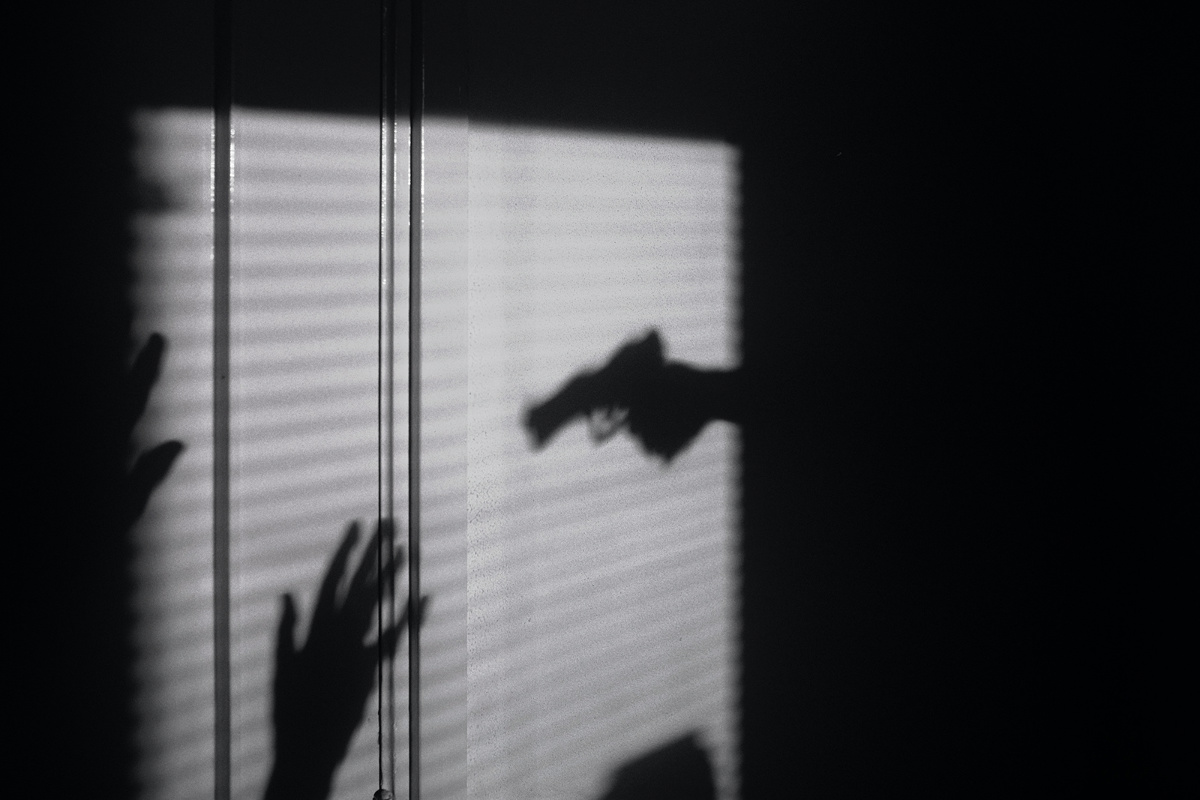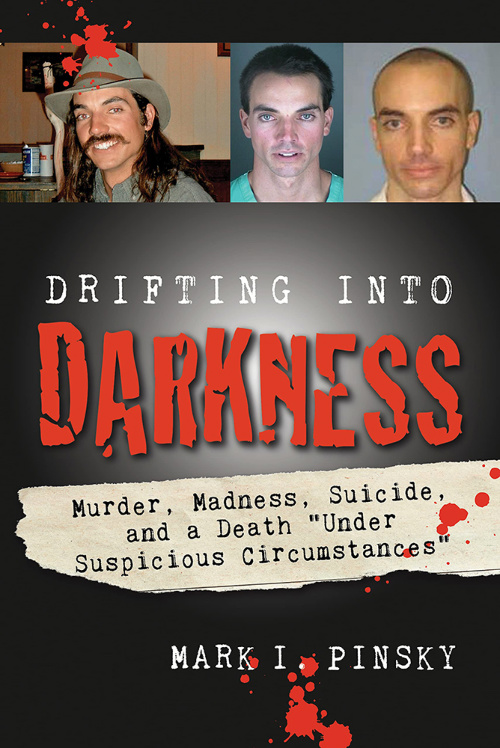
True-crime writer MARK I PINSKY, in an article published on Religion News Service, says the Bible offers an “ethical lens” through which to judge modern wrongdoing, and the nature of justice…
Via RNS
At first glance, a Biblical epigraph introducing a true-crime book might seem puzzling, if not incongruous.
But for nearly a half century now, my journalism career has whipsawed between writing about religion and about crime – chronicling some of the best of humanity’s instincts and its basest.

PICTURE: Maxim Hopman/Unsplash/Creative Commons.
Connecting these two subjects is not as much of a stretch as it may seem, and my tangled tales of murders, madness and suicide have usually served the spirit behind the verse from Deuteronomy that fronts my latest: “Justice, justice you shall pursue.”
Both the Hebrew Bible and the New Testament are replete with murders and mass violence: Cain’s murder of Abel, Judith decapitating Holofernes, the Maccabees’ revolt against the Syrian-Greeks, and Herod’s slaughter of the innocents. Scripture also recounts the consequences of this mayhem. Over the centuries that followed, the Talmud went into minute, sometimes excruciating detail as to how contemporary crimes should be judged and punished.
“Both the Hebrew Bible and the New Testament are replete with murders and mass violence: Cain’s murder of Abel, Judith decapitating Holofernes, the Maccabees’ revolt against the Syrian-Greeks, and Herod’s slaughter of the innocents…However, the Bible also offers an ethical lens through which to judge modern wrongdoing, and the nature of justice.”
However, the Bible also offers an ethical lens through which to judge modern wrongdoing, and the nature of justice.
So, in a sense, does true crime. For more than a century, the genre has been considered a low-to middle-brow guilty pleasure, dating back to the 19th century Police Gazette tabloids. There have been more recent crossover exceptions: Books such as In Cold Blood, The Stranger Beside Me or Fatal Vision have drawn critical praise to go with popular readership. But only with the advent of cable television streaming series – and radio podcasts like the groundbreaking Serial – has the genre emerged as legitimate mass entertainment for those in search of diverting, escapist excitement.
Done right, true-crime stories can provide a social and even a spiritual good. At their best, these podcasts and docu-series act as “an extension of the legal process and as a type of investigative journalism”, as The New Yorker magazine critic Emily Nussbaum wrote recently. “In the past several decades, true-crime documentaries have emerged as a kind of secondary appeals system”.
Fredric Wertham, a mid-20th century psychiatrist and social commentator, wrote about the value of covering a sensational crime that comes to trial. These murders, he wrote, throw “a searchlight on the society in which it occurs, and we become aware of a fixed moment in social history”.
Decades later, Marilyn Stasio, longtime mystery reviewer for The New York Times, had a similar take. The goal of any true-crime writer, she observed, is “to use a murder investigation as a portal to a wider world,” providing historical, political and even religious context.
But sometimes seeing true crime as entertainment can have a cheapening and even coarsening effect. In June of 2018, the CrimeCon festival in New Orleans, sponsored by the Oxygen cable television network, attracted thousands of fans, some wearing T-shirts with images of notorious serial killers. Covering the event for The Washington Post, reporter Britt Peterson noted “the fact that thrill-seeking true-crime fans (and the media serving them) can sometimes forget that … victims were real people, not just characters in a titillating narrative.”

In his new, bestselling novel Devil House, author John Darnielle tells a gripping story through the eyes of a true-crime writer who attempts to solve a real murder, while grappling with the genre’s inherent ethical challenges.
The book’s protagonist says he tries to honour the dead in his books. In one, he says, he “detailed grisly crimes with real human cost.” He asks himself: “What happens when someone tells you a story that has real people in it? What happens to the story; what happens to the teller; what happens to the people?”
As Peterson and Darnielle suggest, with the best true-crime reporting, one key faith component is rachmones, a Yiddish term for compassion. Too often, when true crime is packaged as popular culture, rachmones is ignored.
But how does a true-crime writer keep that compassion in mind amid the gore and tragedy that readers expect?
Faith can help.
On the road, as I research a murder, often alone, my Judaism grounds me – no matter how horrific the mayhem. When these reporting trips stretch over weekends, I try to find synagogues to attend Shabbat services, often in small congregations from Montgomery, Alabama, to Rapid City, South Dakota.
Such was the case with my forthcoming book, Drifting Into Darkness: Murder, Madness, Suicide, and a Death ‘Under Suspicious Circumstances‘.
In this New Age noir, my two areas of expertise – religion and murder – intersect. I explore how a gifted but troubled young man’s obsessive search for enlightenment, beginning with serious study of Buddhism and Hinduism, soured into the gruesome ax murder of his parents.
We rely on our readers to fund Sight's work - become a financial supporter today!
For more information, head to our Subscriber's page.
Parricide, especially a double parricide, is one of life’s ultimate taboos, transgressing, in the extreme, two of the Bible’s Ten Commandments: Honor thy father and thy mother, and Thou shalt not murder.
The killer faced the legal consequences of his acts, although he escaped the death penalty. (He ultimately killed himself in prison.)
However, the woman I believe to be the intellectual author of this crime, and others, was a spiritual charlatan and grifter, who claimed – falsely, I discovered – to be a Native American shaman. She took cruel advantage of the vulnerable seeker, manipulating him into murdering the older couple in hopes of financial gain. Through her hold on the young man’s soul and psyche, she was able to escape justice – until now.
The practical dilemma for me, in trying to hold her to account, was how to honour the killer’s sincere search for spiritual fulfillment. I needed to explore the fatal consequences of a perversion of that search without denigrating Eastern and New Age traditions.
For me, the key was respect. The failed, sabotaged spiritual search of the flawed, tortured young man at the centre of my book doesn’t invalidate his quest, any more than the moral (and criminal) failings of individual ministers, priests and rabbis invalidate their religious traditions. They, I suspect, have favourite Bible verses about their decline and fall as well.
Mark I Pinsky reports on the Jewish Diaspora, anti-Semitism and Southern US politics and evangelicalism. An updated edition of his last book, Met Her on the Mountain: The Murder of Nancy Morgan, will be released in paperback in April.
This article contains affiliate links.





